
|
|
|
|
|
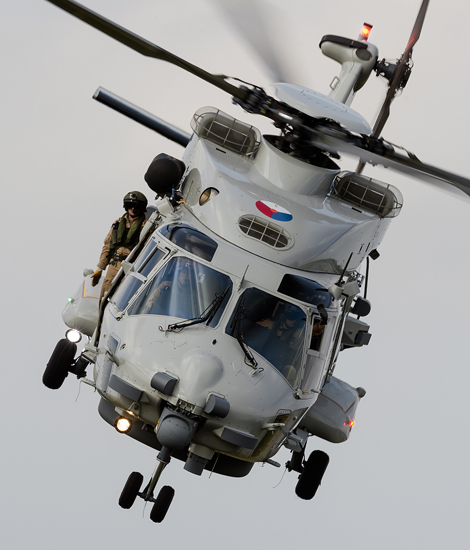
|
Reorganization of the Helicopter Fleet; Gilze-Rijen, June 18-23, 2014
Operation Air Support 2014, part 3; Text and Photograph's by Alex van Noye
In the recent years, much has changed in the organization of the helicopter fleet of the Royal Netherlands Air Force. The THG-KLu has become the DHC since 2008. The helicopters of the Royal Netherlands Navy have become part of the Air Force in a joint helicopter command. Soesterberg was closed due to the reforms.
In the past, the armed forces were each equipped with their own helicopter compo- nent. The Army had the Group Light Aircraft (Groep Lichte Vliegtuigen, GPLV) for artillery observation by artillery men. However, the Royal Netherlands Air Force provided the appropriate infrastructure at Deelen Air Base and Soesterberg Air Base. The Naval Air Service (Marine Luchtvaartdienst, MLD) had its own airfields at Valkenburg and De Kooy and it had helicopters on board of the ships. The GPLV was in the 90s of the last century transformed into the Royal Netherlands Air Force Tactical Helicopter Group (THG KLu). The complete helicopter fleet of the army was transferred to the air force when the artillery observation was repelled. The Defense Helicopter Command (DHC) was founded in 2008. The Dutch Ministry of Defense started in the year 2001 a study under the name "integral military helicopter capacity" which looked at a possible merger of several helicopter units within Defense. Because of the large austerity measures linked to a growing demand for helicopters, it was decided in 2005 to establish a single helicopter organization for the entire armed forces. The Defense Helicopter Command (DHC) was officially founded during a ceremony on Friday, July 4, 2008. The DHC was created from a merger between Gilze-Rijen Air Base, Soesterberg Air Base which has been lifted, Naval Air Station De Kooy in Den Helder and the SAR flight at Leeuwarden Air Base. Soesterberg was officially closed at the end of 2008 after a ceremony.
The NH90 has been appointed as the successor to the Westland SH-14D Lynx since 2008. The Lynx entered service in 1976 within the Royal Netherlands Navy and was used for many tasks. The helicopter was used for transport flights, reconnaissance activities, Search and Rescue and medical evacuations. The helicopter made its last operational flight in September 2012. In addition to the Lynx, the NH90 is the long term replacement for the three bright yellow AB-412SP helicopters at Leeuwarden Air Base.
|
|
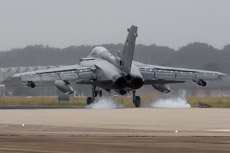
|
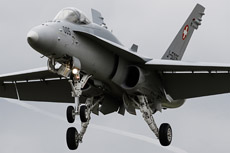
|
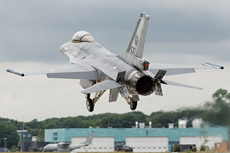
|
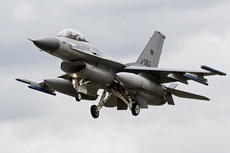
|
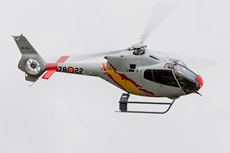
|
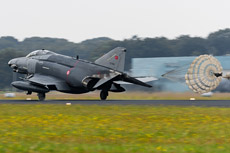
|
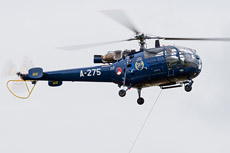
|
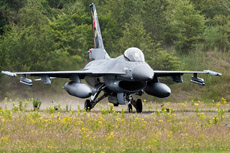
|
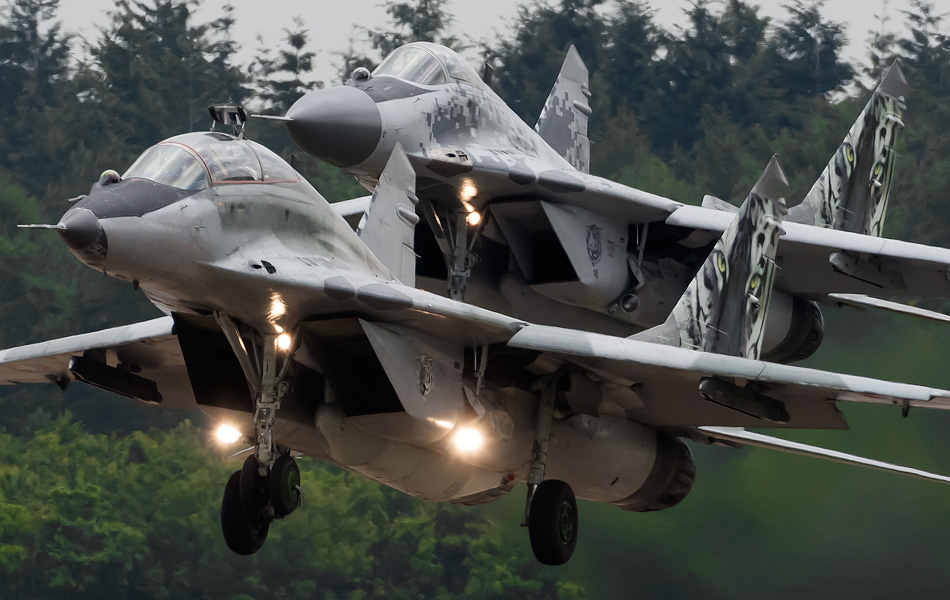
|
Expectations are that the Tweety at Leeuwarden will be phased out in 2015. The full SAR task will be taken over by the NH90 fleet at the De Kooy. The no 303 Squadron will cease to exist at that time. The NH90 has a much larger action range compared to the AB-412 and therefore the helicopter can monitor the entire coastline of the Netherlands. The first NH90 has visited the factories of Stork and Fokker in Papendrecht on February 12, 2008, and came shortly after that in service of the Air Force. In June of the same year, the NH90 gave a first demonstration to the general public during the Air Force Days at Leeuwarden Air Base in 2008. The NH90s which are delivered to the Dutch government are all of the type NH90 NFH. The acronym NFH stands for "Naval Frigate Helicopter". The NFH version is built primarily for anti-submarine warfare and search and rescue duties on board of the Dutch frigates of the Royal Netherlands Navy. The TNFH (Tactical NFH) is a stripped NFH variant which can also be used for transport duties. The intention was that air force would get eight of these helicopters. However, it was twenty NFH versions that were purchased.
In September 2013, the last CH-47F Chinook was delivered to the Defense Helicopter Command (DHC). The six CH-47F helicopters were ordered in 2007 by the American manufacturer Boeing to reinforce the current helicopter fleet. Of the six CH-47F helicopters, there are three stationed at Fort Hood in Texas and there are three helicopters stationed at Gilze-Rijen Air Base. These helicopters were needed because the existing Chinook fleet had a too small capacity to fully carry out its duties. The Dutch air force has lost two CH-47D helicopters in Afghanistan during the various deployments. Due to the current austerity plans of the government, there is no more room for the Cougars within Defense. The Cougars needed a new update that will cost a lot of money. This money is currently not available and therefore it was decided to retire the Cougars from active service on May 8, 2011. There are eight helicopters which would continue to fly after May 8, to meet the national tasks. These helicopters continue to fly until the delivery of the NH90 is completed. The NH-90 will then take over the duties of the Cougar. Not only the Cougars of the no 300 Squadron at Gilze-Rijen Air Base will be retired. The Allouette III is also at the end of its life time. The helicopters are still used for photo flights and VIP transport. The helicopters are almost 50 years in service and are worn out and are outdated. It is not yet clear whether there will be a replacement for the Allouette III.
The development of the NH90 was a difficult process. The development of the helicopter experienced many setbacks during the project. Ultimately, the development of the NH90 is much more expensive than originally intended. There are now thirteen helicopters delivered to the Naval Air Station at the De-Kooy in Den Helder. The Ministry of Defense decided to not receive the remaining seven helicopters temporarily in June 2014 due to the major problems with the NH90. The helicopters suffer from corrosion and wear. The produced NH90s have also approximately one hundred shortcomings. The outcome of an investigation showed the helicopters had some big problems. The problems were found during the deployment of the NH90 during the anti-piracy mission near the coast of Somalia and in drugs control in the Caribbean. On request of the Dutch Defense the National Aerospace Laboratory investigated the helicopters. The institution stated more than one hundred shortcomings. These were combinations of design and assembly errors and incorrect material choices. The manufacturer now has found solutions to 60 percent of the problems. The air force has a shortage of helicopter capacity and this is further magnified by the difficulties with the NH90. In order to solve this capacity for the time being, there will be more Cougar helicopters taken out of the storage.
|
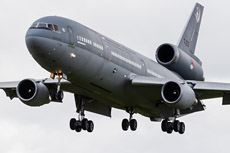
|
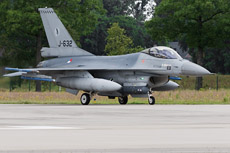
|
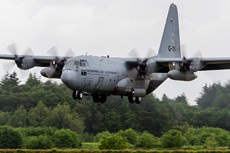
|
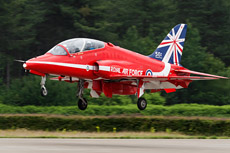
|
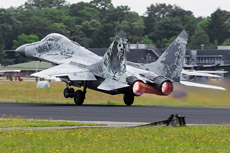
|
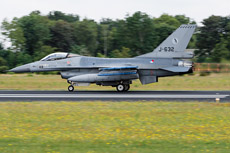
|
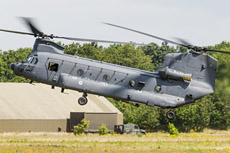
|
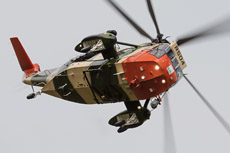
|
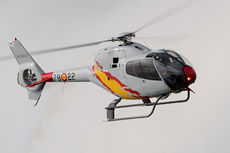
|
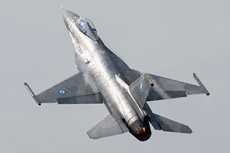
|
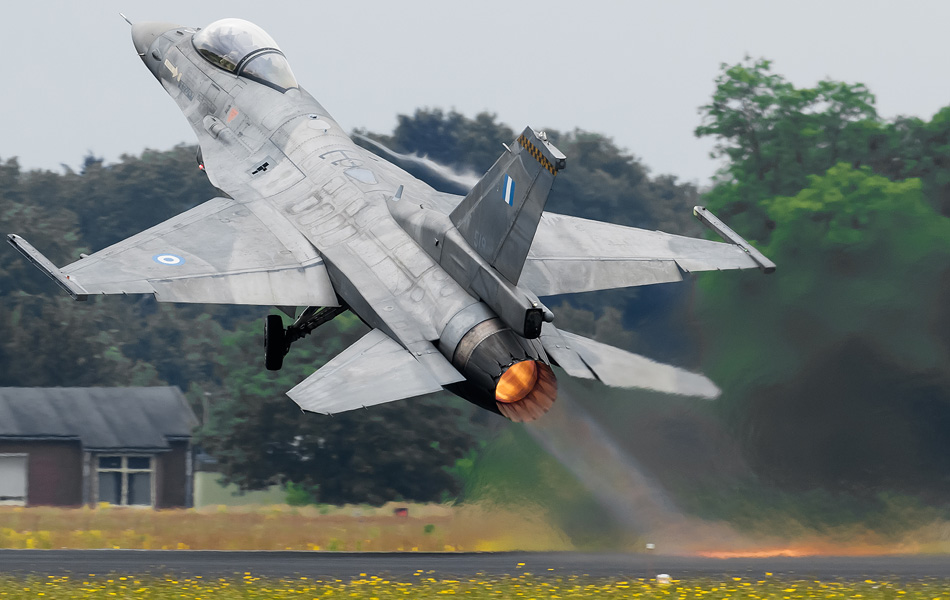
|
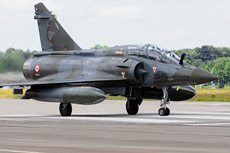
|
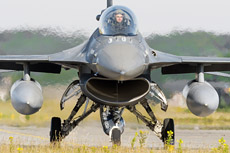
|
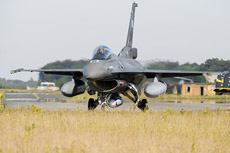
|
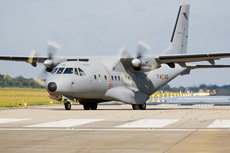
|
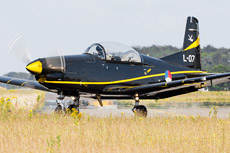
|
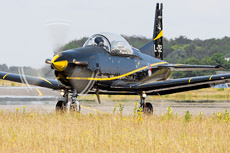
|
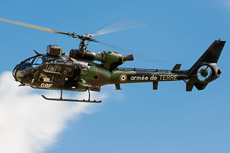
|
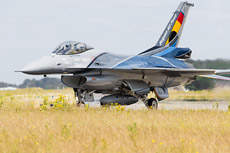
|
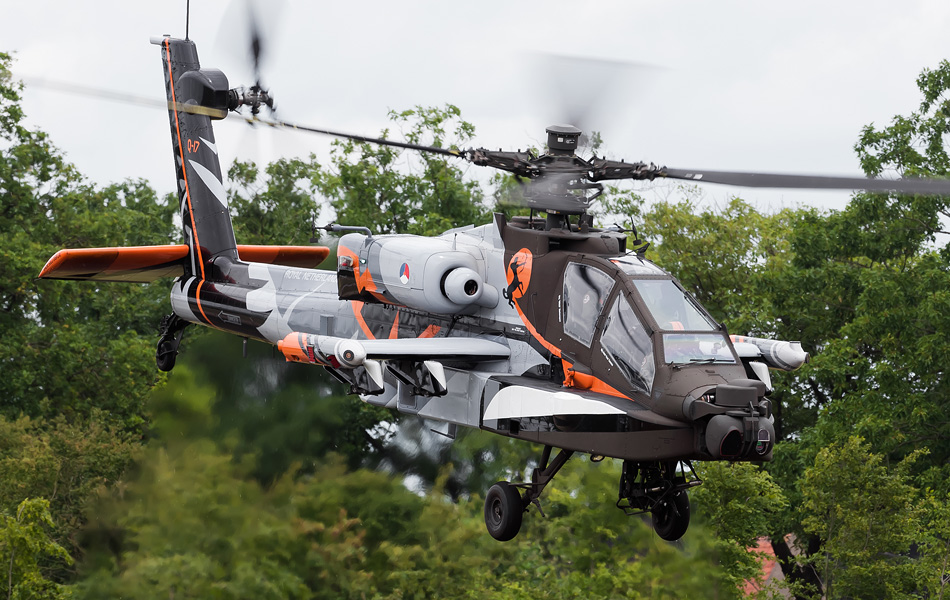
|
|
|

|







